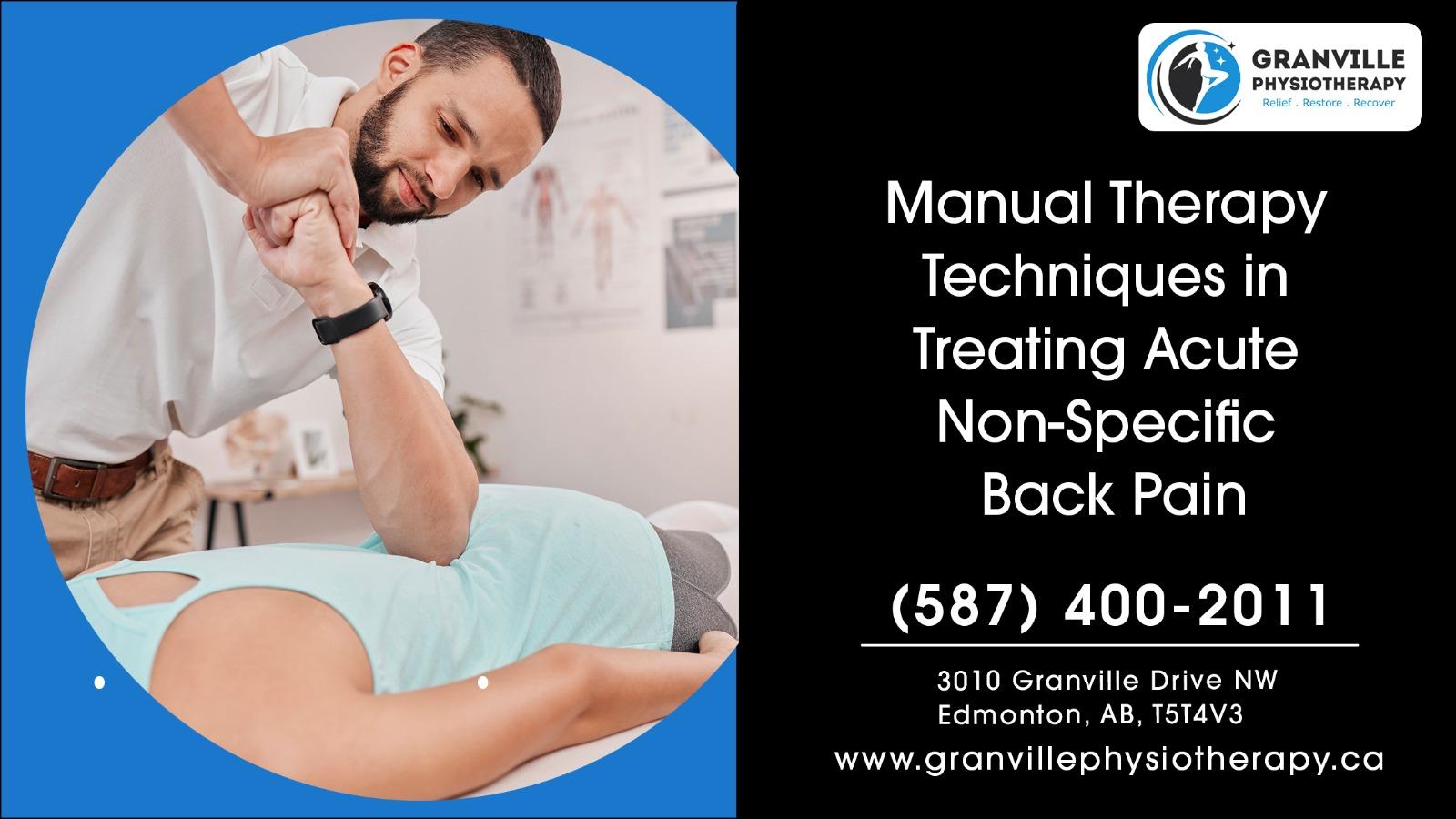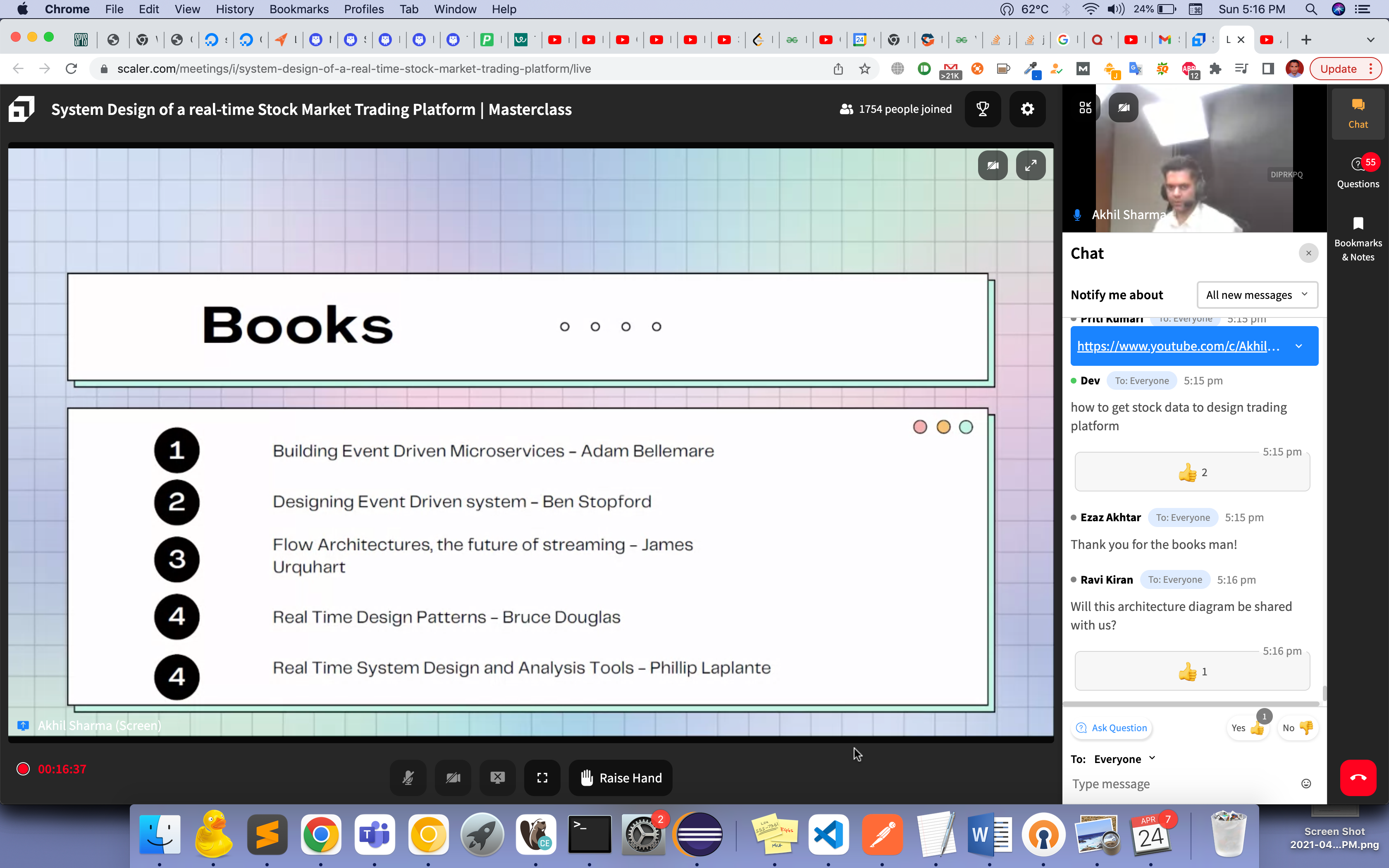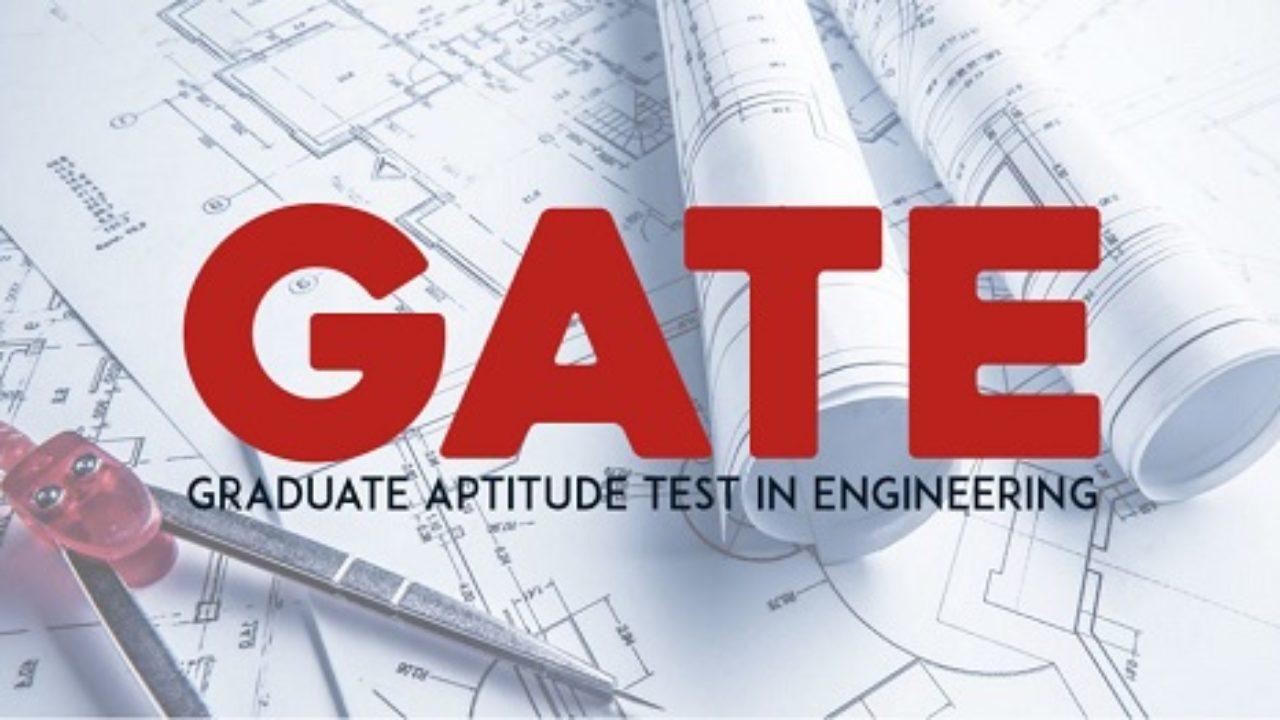
Acute non-specific back pain frequently presents itself in numerous individuals during their lifetime. Contrary to chronic back pain that persists for three months or more, acute back pain is temporary but can be equally debilitating. It’s often the result of injuries, strains, or abrupt motions, and it lacks a definitive structural origin. Thankfully, physiotherapy, specifically manual therapy techniques, has proven to be an effective intervention for managing this type of back pain.
What Is Acute Non-Specific Back Pain?
Before diving into manual therapy techniques, it's crucial to understand the nature of acute non-specific back pain. This kind of pain is not rooted in structural issues like a herniated disc or sciatica. Instead, it can result from various factors, including muscle strains, ligament sprains, or imbalances in the musculoskeletal system. While back pain and sciatica are closely related, the latter refers to pain radiating down the path of the sciatic nerve. Acute non-specific back pain, on the other hand, is more generalized and can be located anywhere in the back.
The Role of Manual Therapy
Manual therapy adopts a hands-on strategy employed by physiotherapists to counter musculoskeletal pain and disability. By using specific movements and pressures, therapists can reduce pain, enhance the range of motion, and improve function. Here are some common manual therapy techniques used in Back pain and sciatica physiotherapy Edmonton for treating acute non-specific back pain:
- Spinal Manipulation: This involves a rapid yet controlled force exerted on the vertebrae. It can help in the restoration of the range of motion and alleviation of pain.
- Spinal Mobilization: Unlike spinal manipulation, this involves slower movements, like stretches, to position the vertebrae. It aims to increase mobility in areas that are stiff.
- Myofascial Release: This technique targets the fascia, the connective tissue surrounding muscles. By applying sustained pressure, therapists can release tension and knots in the fascia.
- Trigger Point Therapy: Focused pressure is applied to specific points in the muscles, also known as 'trigger points' to relieve pain and tension.
- Muscle Energy Techniques: This involves the patient's participation, where they resist the therapist's movements, creating isometric contractions to stretch and mobilize the muscles and joints.
Benefits of Manual Therapy for Acute Non-Specific Back Pain
- Immediate Pain Relief: Many patients report a significant reduction in pain following a manual therapy session.
- Increased Mobility: Techniques like spinal mobilization can restore movement in the back, making daily activities easier and more comfortable.
- Muscle Relaxation: Techniques targeting muscles and fascia can reduce muscle tension and spasms, common symptoms of acute back pain.
- Improved Posture: By addressing muscular imbalances and stiffness, manual therapy can also help in correcting poor postures, a common cause of back pain.
- Enhanced Blood Flow: Manual techniques, by their very nature, stimulate blood flow to the treated area, promoting healing and reducing inflammation.
- Reduction in Reliance on Medications: As manual therapy addresses the root of pain rather than just symptoms, many patients find they can reduce or even eliminate their dependence on painkillers.
- Education and Awareness: Beyond the hands-on treatment, manual therapy sessions often involve educating patients about their conditions. This knowledge empowers them to take proactive steps in their recovery journey, making them less susceptible to recurrent episodes of pain.
When to Seek Treatment?
Identifying the right time to seek treatment for acute non-specific back pain is crucial for efficient recovery. Here are the condensed guidelines to help determine when to consult a professional:
- Persistent Pain: Seek help if the pain lasts beyond a few days despite home remedies.
- Decreased Mobility: If you're struggling with basic movements or maintaining posture, it's a sign.
- Radiating Pain: Pain extending down the legs, especially with tingling or numbness, needs attention.
- Night Pain: Waking up due to pain or intensified night pain warrants a check.
- Post-Traumatic Pain: If pain follows an accident or fall, get assessed immediately.
- Associated Symptoms: Back pain with fever, weight loss, or incontinence? Seek immediate help.
- Previous History: A past of back issues or family history means higher risk and necessitates regular checks.
- Non-Responsive Pain: No improvement after initial treatment? Consider intensive intervention or a second opinion.
- Recurring Episodes: Repeated pain episodes over time suggest a chronic issue or triggering lifestyle factors.
Trusting Manual Therapy for Back Pain Relief
Back pain, especially when it is of an acute, non-specific nature, can be perplexing and debilitating for many. Its unpredictable nature often leads patients down a path of uncertainty, wondering about its cause and the best remedies. Manual therapy, with its array of hands-on techniques, has emerged as a pivotal solution in addressing this prevalent health concern.
As we navigate a world where sedentary lifestyles and increasing stress add to the burden on our backs, manual therapy stands out as a beacon for those in pain. If you or someone you know is grappling with back pain, consider manual therapy at Granville Physiotherapy Edmonton it might be the key to regaining comfort and mobility. Remember, early intervention is crucial, so don't wait to seek professional guidance.
Also read about:
Unveiling the Secrets of Paint Protection Film A Comprehensive Guide
Trading Made Simple Trading Apps User Friendly Interface
Which Mattress To Buy For Best Comfort









